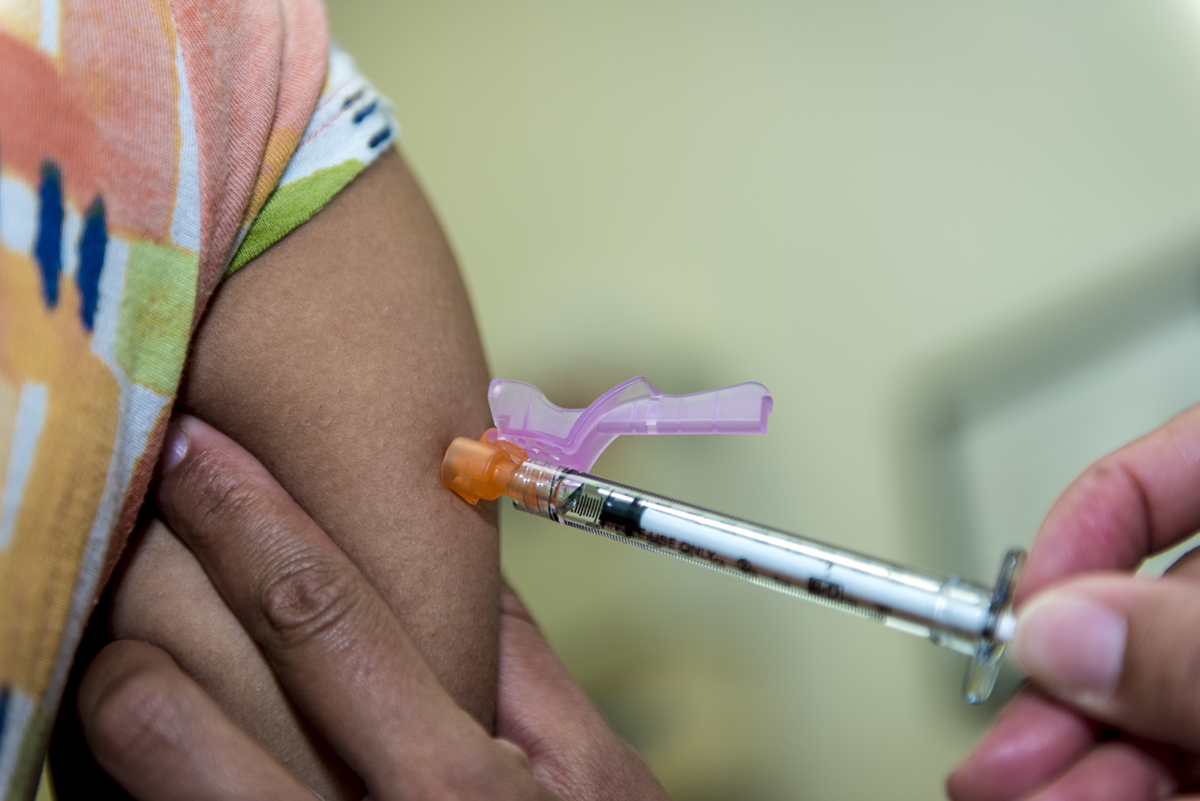
What is Allergen Immunotherapy?
There are a large number of people who suffer from allergic rhinitis. What is causing even more trouble is the fact that more than half of those individuals only get partial or even poor benefits from all treatment methods which are based on the symptoms. This is why there is a growing number of patients suffering from allergic rhinitis who choose immuno-densitisation therapy in order to get rid of their medical conditions.
Subcutaneous immunotherapy is based on injections and it is very effective but it may sometimes be associated with certain serious side effects so the allergen vaccination immunotherapy seems like a much safer and popular option. Allergen immunotherapy is intended to help all those who suffer from allergic disorders and it comes in the form of a vaccine which contains high doses of allergens. These vaccines are very efficient in inducing immunologic tolerance, reducing the remission of allergic symptoms and improving the quality of one’s overall life. All of this happens mainly due to the fact that when influenced by the vaccine, the immune system of a person gets modulated so that it responds differently to the harmful allergens.
Immunotherapy can be administered under the tongue or under the skin, depending on the skin. This is the only type of treatment for allergies which modifies the allergic process without relying on the suppression of the symptoms. As already mentioned, sublingual type of immunotherapy is more sought after than its subcutaneous counterpart mainly due to the fact that it does not involve the risk of anaphylaxis.
Numerous scientific studies have shown that immunotherapy is much more efficient in treating patients who suffer from allergic disorders than all other sorts of medications such as topical steroids or antihistamines. Immunotherapy treatment is highly flexible and it can be carried out in the safety of one’s home and, according to various medical statistics, it is the most cost effective treatment strategy for all those who suffer from different types of allergic disorders.
Procedures
One needs to be aware of the fact that immunotherapy needs to be started a few months prior to the allergen season so that it can be fully functional.
Subcutaneous immunotherapy is administered through small hypodermic syringes into the back of the upper arm. This location is actually the one which involves the least painful sensation because it contains only a few nerve endings. In most cases, the injections can be tolerated easily as they involve only slight amounts of discomfort.
The process initially involves very low doses of allergens which gradually get increased over time on a regular weekly basis until a certain maintenance dose gets reached. Once that dose is reached the frequency of intervals between two injections is increased to a few weeks but it still requires a regular application.
Another form of immunotherapy is called intralymphatic immunotherapy and it involves distribution of specific allergens directly into a subcutaneous lymph node. This leads to a significantly increased resistance to peptides and proteins. It involves virtually no pain at all and the whole process is very easy to perform.
Another popular type of immunotherapy is the one medicinally referred to as sublingual immunotherapy. It is probably the safest of all methods of immunotherapy and involves administration of specific allergens under the tongue.
Transcutaneous or epicutaneous immunotherapy is yet another form of immunotherapy and it includes administration of allergen by means of a skin patch.
Side Effects and Statistical Data
Sublingual immunotherapy is the safest one so even the rare cases of side effects involve only the mild ones which are usually only local reactions to the administration of allergens. The most common side effects associated with sublingual immunotherapy include swelling of the mouth, itching of the mouth, sneezing, throat irritation, ear pruritus, edema of the oral cavity and oral pruritus. Some rare side effects which may also be associated with this type of immunotherapy may or may not include fatigue, pruritus, throat tightness, rhinitis, nasal congestion, rhinorrhea, pharyngitis, asthma, cough, conjunctivitis, eye pruritus, oral paresthesia and headaches. Most cases of side effects diminish on their own and do not require any medical interventions.
Subcutaneous immunotherapy can get much more serious when it comes to side effects. One should not worry if certain mild side effects such as redness, swelling and itchiness occur at the site of the injection. In some cases, subcutaneous immunotherapy may be associated with certain types of systemic reactions such as anaphylaxis. According to certain medical statistics, such systemic reactions tend to occur in no more than 4 percent of patients who decide upon subcutaneous immunotherapy as a method of treatment for their allergic disorders. Fortunately enough, the risk of serious systemic reactions to subcutaneous immunotherapy can be reduced significantly by using corticosteroids and antihistamines prior to the immunotherapy. Serious side effects of immunotherapy require immediate medical attention.




_f_280x120.jpg)












Your thoughts on this
Loading...